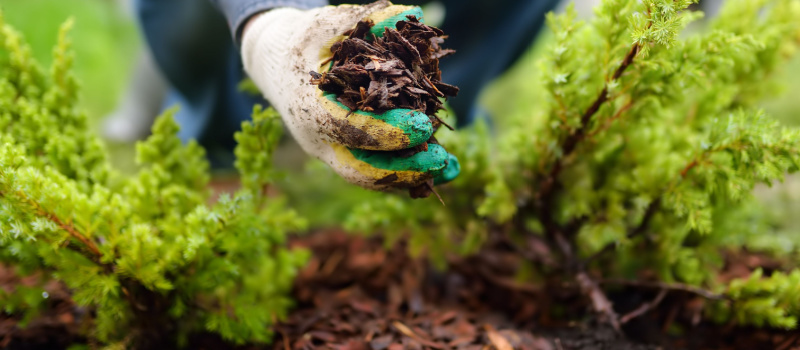What is Vegetation Control and Do I Need it Year-Round?

Vegetation control is the process of maintaining a healthy landscape by removing leaves, grass, and other plant debris. By keeping vegetation under control, you can help to prevent problems before they start.
The purpose of vegetation control
In many areas, controlling vegetation growth is critical to maintaining a safe and healthy environment. Here are a few reasons why:
1. Vegetation can be a hiding place for pests and other dangerous wildlife.
2. Overgrown vegetation can block roads and sidewalks, making it difficult for people to get around.
3. Vegetation can also contribute to the spread of fires by providing fuel for the flames.
4. In some cases, excessive vegetation growth can even cause property damage by causing foundation problems or toppling trees onto structures.
5. Finally, uncontrolled vegetation can simply make an area look messy and unkempt.
By keeping on top of vegetation control year-round, we can help keep our communities safe and clean.
Why you need it year-round
If you have a garden, you know that keeping the weeds at bay is a never-ending battle. Weed seeds can lay dormant in your soil for years, waiting for the right conditions to germinate and grow. So even if you’re diligent about removing weeds from your garden during the growing season, they can come back with a vengeance the following year. Year-round vegetation control helps to prevent this by keeping weed seeds from taking hold in the first place.
How to achieve year-round vegetation control.
There are several ways to achieve year-round vegetation control. Some methods are more effective than others, and some are more expensive. Here are a few ways to keep your plants healthy and your garden looking its best:
1. Mulching: This is one of the most effective ways to control weeds and maintain moisture in the soil. It also helps moderate soil temperature, which benefits plant growth. In addition, it can be used to control weeds, prevent erosion, and improve the appearance of your landscape. Mulching also helps conserve water, which is an essential consideration during drought.
There are many benefits to mulching, but it is crucial to choose the right type of mulch for your needs. Some common types of mulch include wood chips, leaves, and straw. You will also need to consider the depth of the mulch layer. In general, a depth of 2-3 inches is sufficient.
Mulching is an effective way to achieve year-round vegetation control. By following these tips, you can ensure that your landscape looks its best while also conserving water and preventing erosion.
2. Herbicides: As any groundskeeper or gardener knows, keeping vegetation under control is a year-round battle. Herbicides provide an efficient and effective way to control weeds and other unwanted vegetation.
There are many different types of herbicides available on the market, each with its own advantages and disadvantages. Selecting the right herbicide for the job at hand is crucial to achieving successful results.
Herbicides can be applied in a variety of ways, including spraying, painting, or granulating. The method of application will vary depending on the type of herbicide being used. No matter what method is used, it is important to follow the manufacturer's instructions carefully to avoid damaging desirable plants or harming the environment.
3. Hand-weeding: This may be time-consuming, but it is an effective way to remove weeds from your garden beds. By removing weeds by hand, you are able to prevent them from going to seed and spreading. Hand-weeding also allows you to target specific problem areas, such as along fence lines or in garden beds.
To effectively hand-weed, you will need a few tools. A hoe or trowel can be used to loosen the soil around the weed so that it can be pulled more easily. A weeding fork can also be helpful in removing taproots. For large areas, a rototiller can be used to break up the soil and make weed removal easier.
Pulling the entire plant is essential when hand-weeding. If possible, try to remove the weed before it goes to seed.
4. Tilling: Tillage is a common practice used to achieve year-round vegetation control in agricultural fields. There are many benefits to tillage, including improved soil structure and increased water infiltration. However, tillage can also have negative impacts on the environment, such as soil erosion and compaction.
No-tillage systems are an alternative to traditional tillage practices that can provide many of the same benefits without some of the negative impacts. No-tillage systems allow farmers to reduce or eliminate soil disturbance, which can help reduce erosion and improve water infiltration. In addition, no-tillage systems can promote the growth of beneficial soil microorganisms and improve soil fertility.
In conclusion, vegetation control is important year-round in order to maintain a property’s value, keep it looking neat and tidy, and prevent potential safety hazards. The Experienced Gardener can help homeowners develop a vegetation management plan that outlines what type of vegetation control methods will be used and how often they will be performed. Call The Experienced Gardener today!


